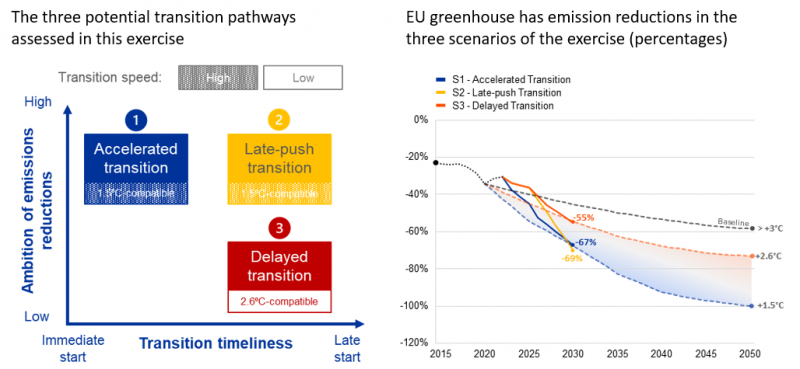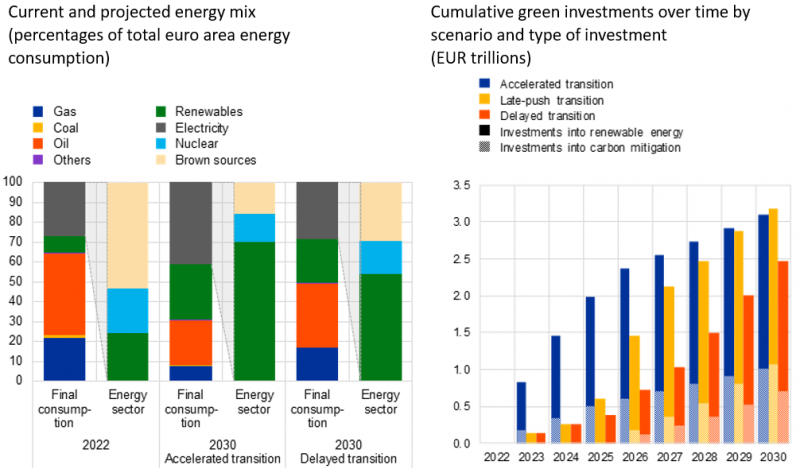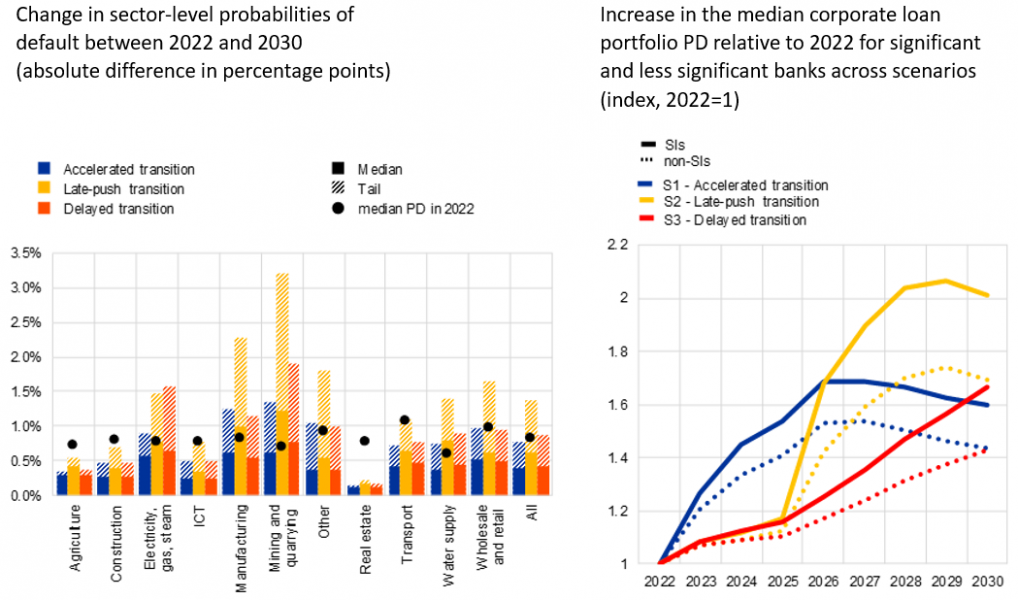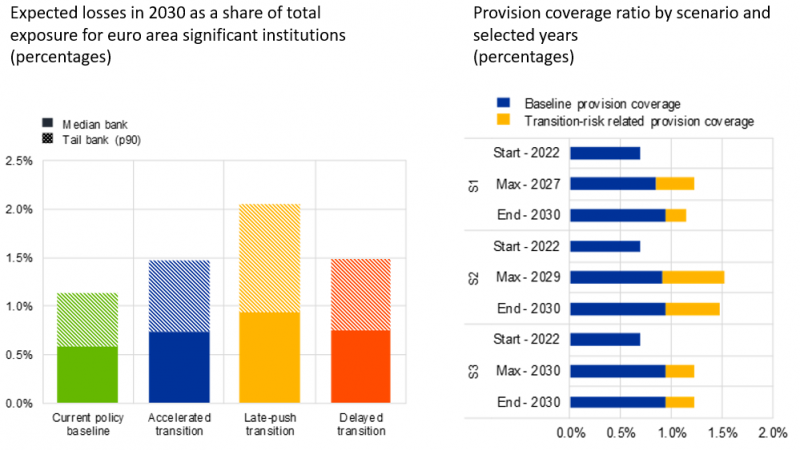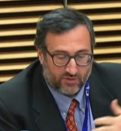References
Alogoskoufis, S., Dunz, N., Emambakhsh, E., Hennig, T., Kaijser, M., Kouratzoglou, C., Muñoz, M. A., Parisi, L. and Salleo, C. (2021), “ECB economy-wide climate stress test. Methodology and results”, Occasional Paper Series, No 281, European Central Bank, Frankfurt am Main, September.
Emambakhsh, T., Fuchs, M., Kördel, S., Kouratzoglou, C., Lelli, C., Pizzeghello, R., Salleo, C., Spaggiari, M. (2023), “The Road to Paris: stress testing the transition towards a net-zero economy”, Occasional Paper Series, No 328, European Central Bank, Frankfurt am Main, September.
Network for Greening the Financial System (2022), “NGFS Climate Scenarios for central banks and supervisors”, Paris, September.


